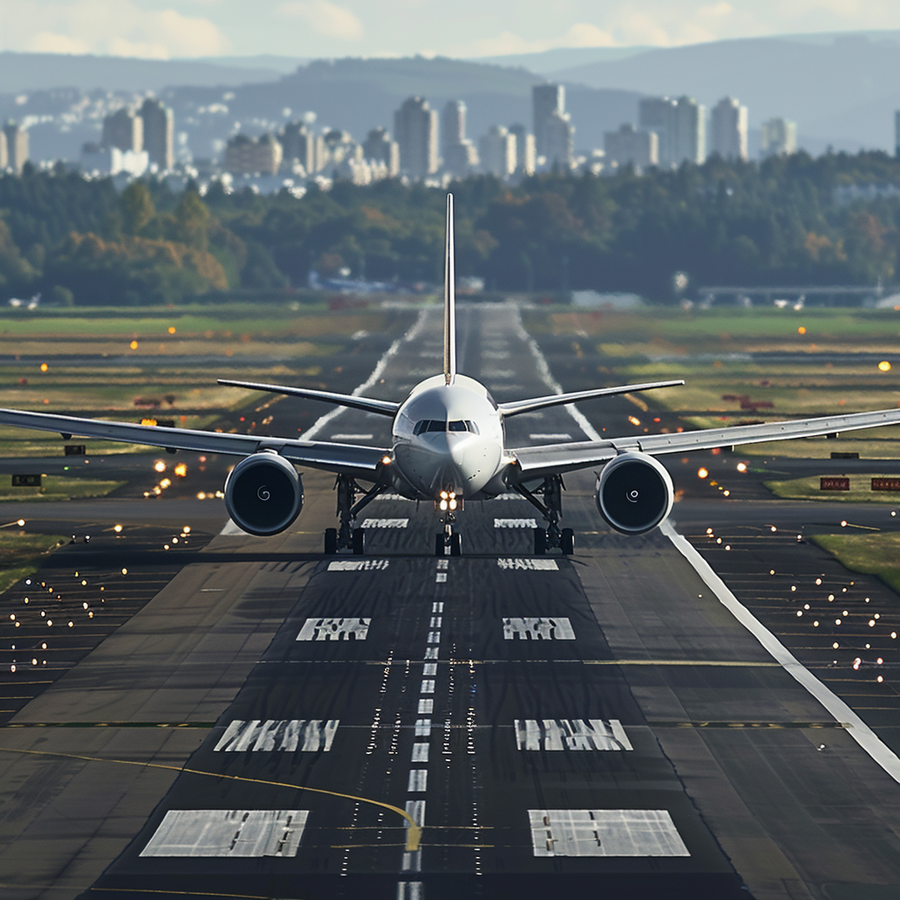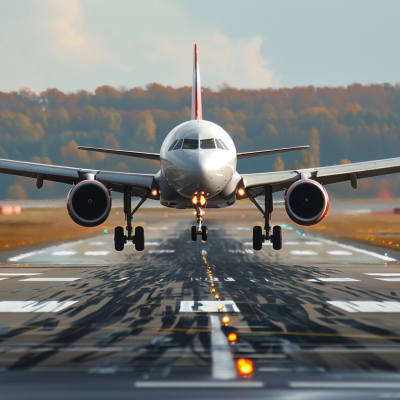Have you ever been on a flight that suddenly changed course and landed at an unexpected airport?
Diversions can be frustrating and stressful for passengers, leaving them wondering what caused the abrupt change in plans.
While diversions are sometimes unavoidable, understanding their main reasons can help travelers better prepare for the possibility.
In this blog post, we’ll explore the primary causes of diverted flights, from severe weather conditions to medical emergencies and technical issues.
By the end, you’ll have a clearer picture of what can lead to a flight diversion and how airlines handle these situations to ensure the safety and well-being of their passengers.
So, let’s dive in and discover the key factors that can alter your flight path.
Comparative Analysis of Real-Life Flight Diversions
To illustrate how different factors contribute to flight diversions, below is a table comparing several real-life incidents.
This overview showcases the variety of challenges flights may encounter and how these situations are managed by the airlines:
| Date | Airline | Flight Origin | Intended Destination | Cause of Diversion | Outcome |
|---|---|---|---|---|---|
| June 2019 | Delta Air Lines | New York (JFK) | London (LHR) | Unexpected thunderstorms | Diverted to Boston; delayed 2 hours |
| March 2020 | United Airlines | Los Angeles (LAX) | Sydney (SYD) | Engine trouble | Landed safely in Honolulu; overnight stay |
| May 2018 | Emirates | Dubai (DXB) | New York (JFK) | Passenger medical emergency | Diverted to London; passenger hospitalized |
| November 2019 | American Airlines | Los Angeles (LAX) | Orlando (MCO) | Passenger disruptive behavior | Diverted to Houston; passenger arrested |
| August 2018 | British Airways | London (LHR) | San Francisco (SFO) | High headwinds, fuel management | Diverted to Vancouver for refueling |
Each of these scenarios reflects the dynamic and unpredictable nature of air travel, emphasizing the importance of robust safety protocols and responsive action plans.
As we delve deeper into the primary causes of flight diversions, these examples will serve as a reference point to better understand each cause’s impact on flight operations.
Primary Causes of Flight Diversions
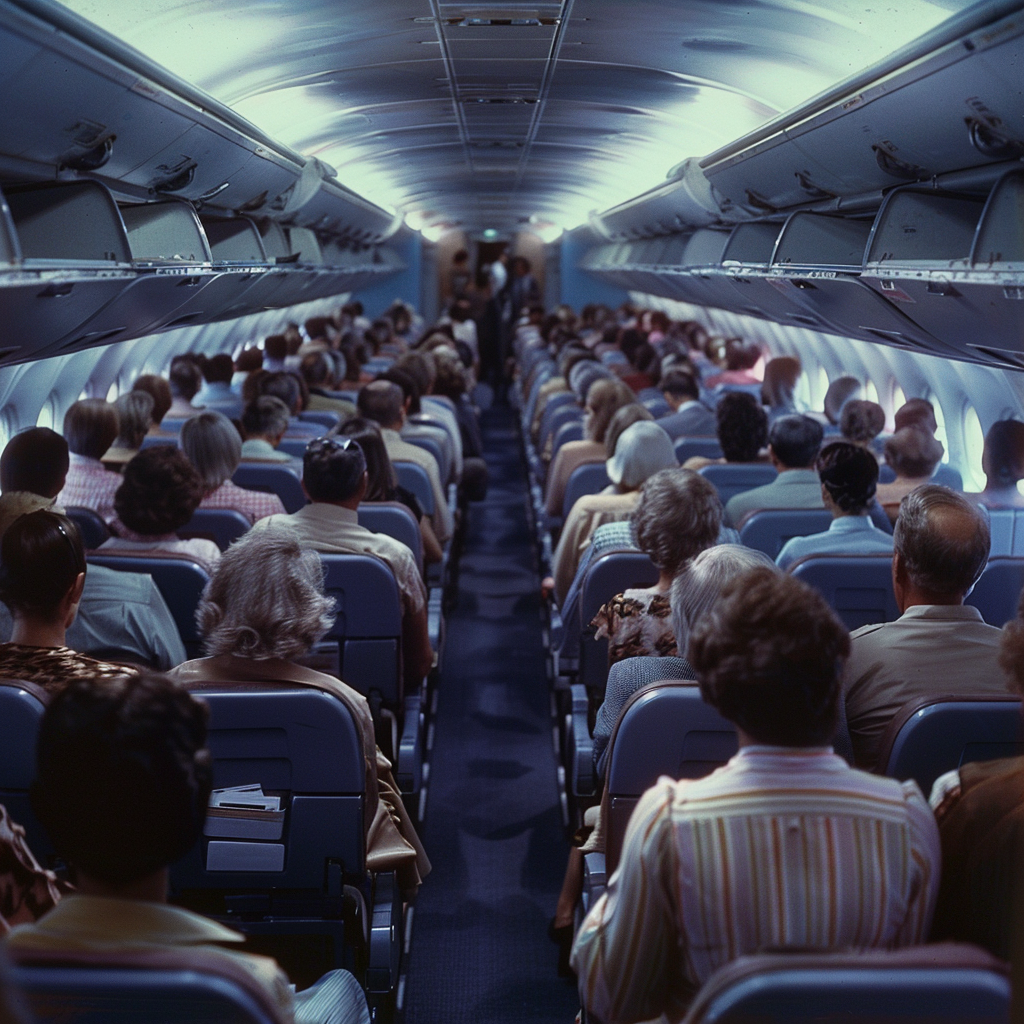
1. Weather Conditions
Weather is the most common reason for flight diversions. Airlines have strict safety rules that prevent planes from flying in dangerous weather.
Thunderstorms, strong winds, snow, and fog can make it hard for pilots to see and control the plane safely. For example, in 2019, a flight from New York to London had to land in Boston because of unexpected thunderstorms along the way.
Pilots and flight planners use weather forecasts to decide if a flight needs to change its path to stay safe.
2. Mechanical Failures
Planes are complex machines, and all their parts need to work correctly for a safe flight. Sometimes, mechanical problems can cause a flight to land at a different airport.
Common issues include engine trouble, problems with the plane’s hydraulic systems, or issues with the plane’s electronics. In 2020, a flight from Los Angeles to Sydney had to turn back and land in Honolulu because of an engine problem.
The pilots followed their training and landed the plane safely. Regular maintenance and checks before each flight help reduce the chance of mechanical failures.
3. Medical Emergencies
If a passenger or crew member has a serious medical problem during a flight, the plane may need to land immediately to get help. This could be because of a heart attack, a severe allergic reaction, or a crew member becoming too sick to work.
In 2018, a flight from Dubai to New York landed in London after a passenger had a medical emergency. The crew used the medical supplies on the plane and talked with doctors on the ground to help the passengers.
Airlines have plans in place to handle medical emergencies, including medical kits on the plane and ways to talk with doctors if needed.
Secondary Causes of Flight Diversions
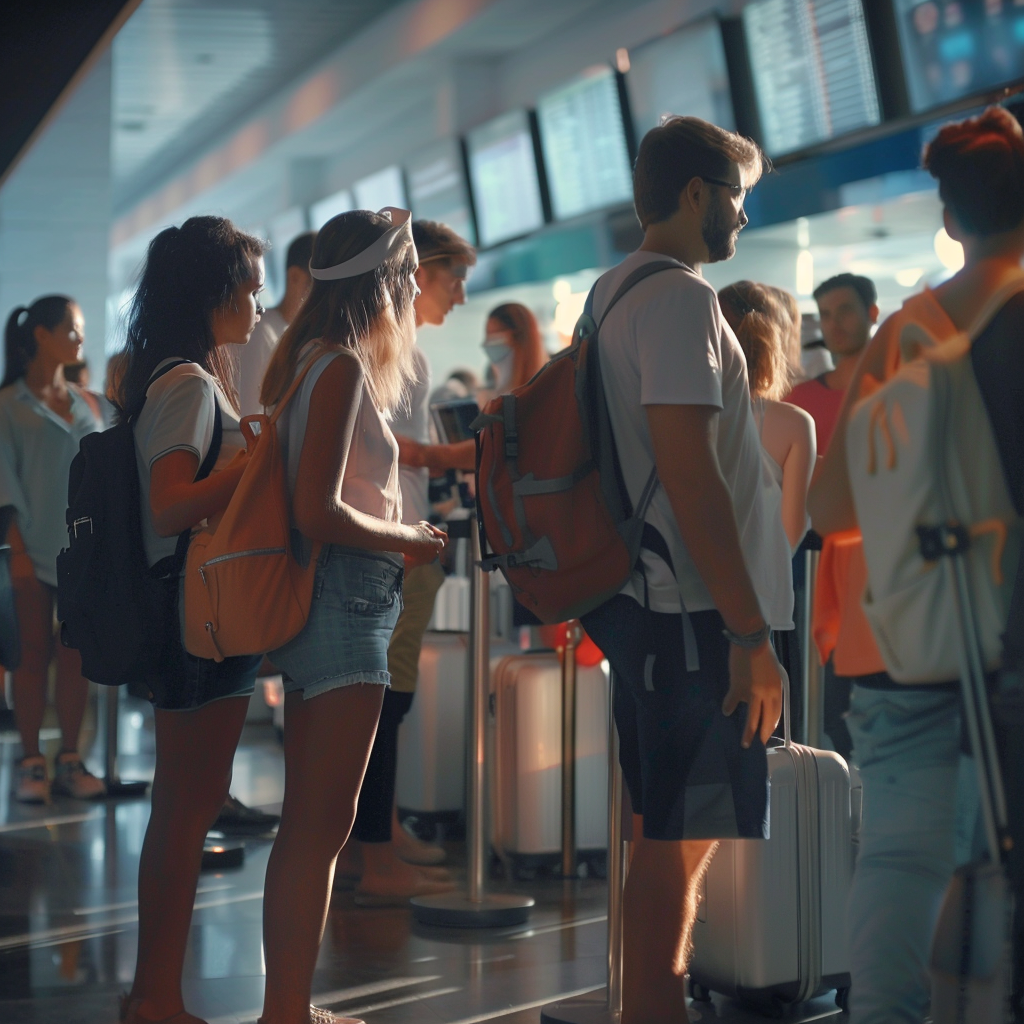
4. Security Concerns
Unplanned landings can happen if there is a security threat during a flight. Airlines take these situations very seriously to keep everyone safe.
Threats might include a possible bomb on the plane, passengers acting in a dangerous or disruptive way, or other security problems. In 2019, a flight from Los Angeles to Orlando had to land in Houston because a passenger was acting aggressively.
The crew is trained to handle these situations, and they work with security teams on the ground when the plane lands. Airports also have steps in place, like checking passengers more closely and watching for unusual behavior, to help prevent security issues.
5. Traffic and Operational Issues
Sometimes, flight changes happen because of problems at the airport where the plane is supposed to land. This can be because of traffic jams in the sky, runways being closed, or the airport being too busy to handle more planes.
For example, in 2018, several flights heading to New York had to land at other airports because of sudden limits on flights coming into the city. Pilots, air traffic controllers, and airport workers have to talk to each other in real time to handle these situations.
New technology, like better navigation systems and computer programs that manage air traffic, also helps reduce these problems.
6. Fuel Management
Managing fuel is very important for a safe flight. If a plane doesn’t have enough fuel or uses more fuel than planned, it may need to land at a different airport.
This can happen if the plane has to fly a longer path because of bad weather or if it has to circle near a busy airport for a long time. In 2017, a flight from London to San Francisco had to land in Vancouver to refuel because strong headwinds used up more fuel than expected.
Airlines have strict rules for calculating how much fuel a plane needs, and they always include extra fuel just in case.
Pilots and flight planners practice handling fuel issues during training and simulations to help them make good choices if problems arise during a real flight.
Tertiary Causes of Flight Diversions
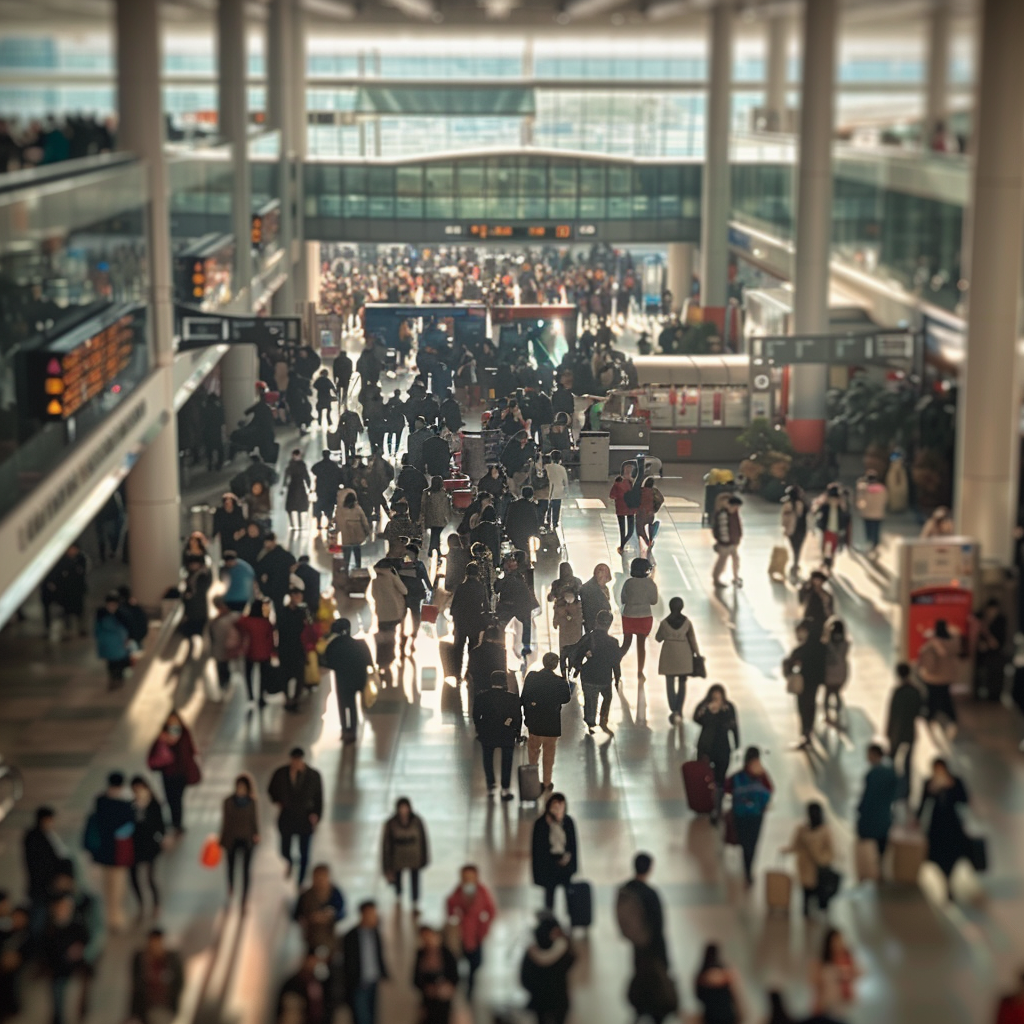
7. Unexpected Airport Closures
Sometimes, airports have to close suddenly because of emergencies or unexpected events, which can cause flights to land at different airports.
This might happen because of bad weather, runway accidents, or problems with the airport’s infrastructure, like broken water pipes or power outages. In 2018, an airport in London had to close for a few hours because of a security problem, and flights had to be sent to other airports.
Airlines have plans for dealing with these types of emergencies. They have teams that quickly decide where planes should go instead. Airports should also have backup plans for these situations.
8. Political and Environmental Factors
Political problems or natural disasters can also change where planes fly and make them land in different places.
This could be because of wars, protests, or disasters affecting the air or airports. In 2010, when a volcano erupted in Iceland, many flights in Europe had to change their paths or land in other countries.
Airlines watch for these kinds of situations and work with international aviation groups and governments to determine what to do. They consider the risks carefully before deciding to change a flight’s path or cancel it.
9. Technical Restrictions of Crew or Aircraft
There are rules about how long pilots and crew can work and limits on what certain planes can do in different conditions. These rules and limits can also cause flights to land at other airports.
For example, if a crew is getting close to the end of the time they’re allowed to work, the plane might have to land somewhere else so a new crew can take over.
Or if it’s very cold, some planes might not be able to land at certain airports because of how they’re built. Airlines have training and systems to deal with these limits.
They use computer programs to schedule crews and keep track of what each plane can do. They also think about these limits when they’re planning flights ahead of time.
Conclusion
While flight diversions can be stressful and inconvenient, they are a testament to the aviation industry’s unwavering commitment to passenger safety.
Airlines and airports work tirelessly behind the scenes, planning for various contingencies and ensuring that crew members are well-trained to handle unexpected situations.
From weather monitoring and aircraft maintenance to security protocols and medical preparedness, every aspect of aviation operations is designed with flexibility and safety in mind.
So, the next time your flight takes an unexpected detour, remember that it’s all part of a carefully orchestrated system working to keep you secure.
Embrace the journey, knowing that your well-being is the top priority and that every diversion brings a story of resilience and adaptability in the face of life’s unpredictable challenges.
Frequently Asked Questions
What Happens if a Flight Gets Diverted?
If a flight gets diverted, it will land at a different airport than the original destination. Passengers may have to wait or be rebooked on another flight.
Does Diverted Mean Canceled?
No, a diverted flight is not the same as a canceled flight. Even if there’s a delay, the plane will still take passengers to the planned destination.
Do Airlines Compensate for Diversions?
Airlines typically do not compensate for diversions caused by factors outside their control, like weather. However, they may provide meals or accommodations if the delay is significant.
How Do You Know You Are Diverted?
The flight crew will announce if your flight is being diverted. They will explain the reason and what will happen next.
What is a Diversion on a Long Flight?
On a long flight, a diversion means the plane will land at a different airport than planned to address an issue before continuing to the final destination.


